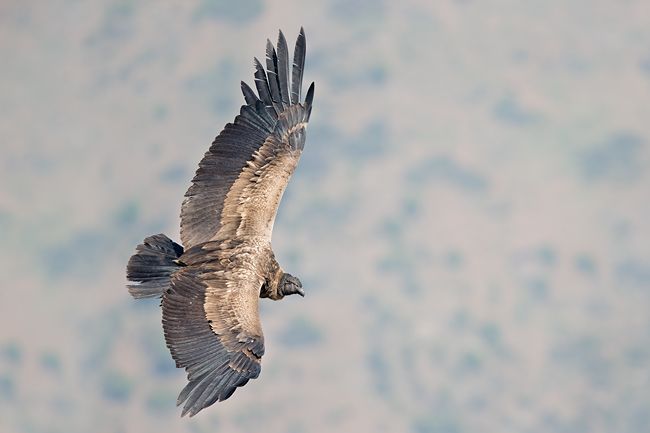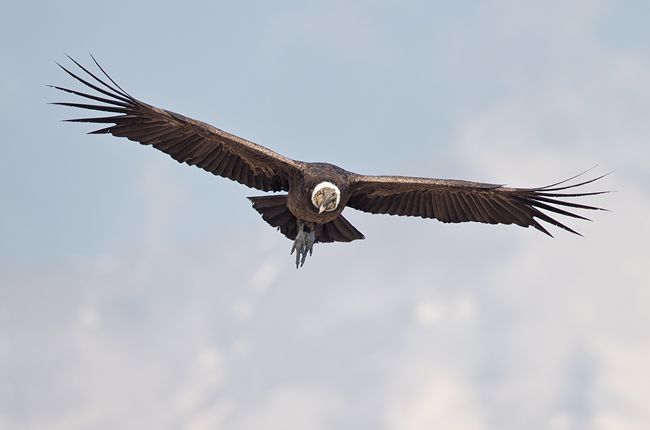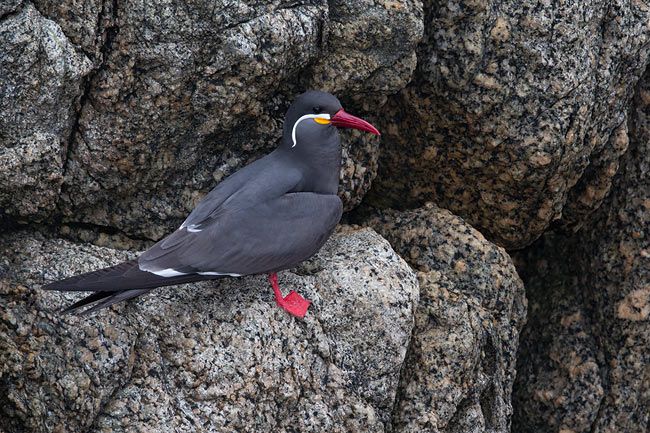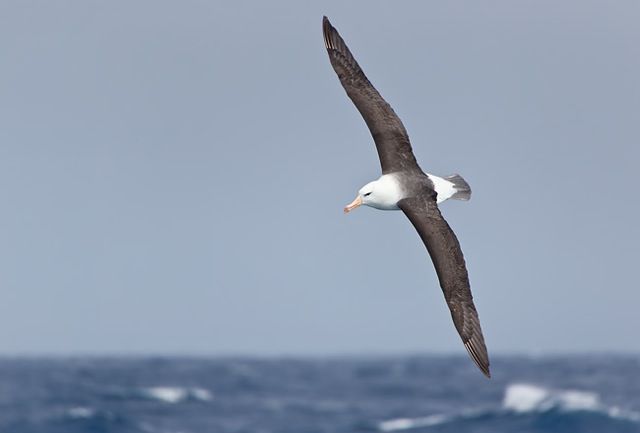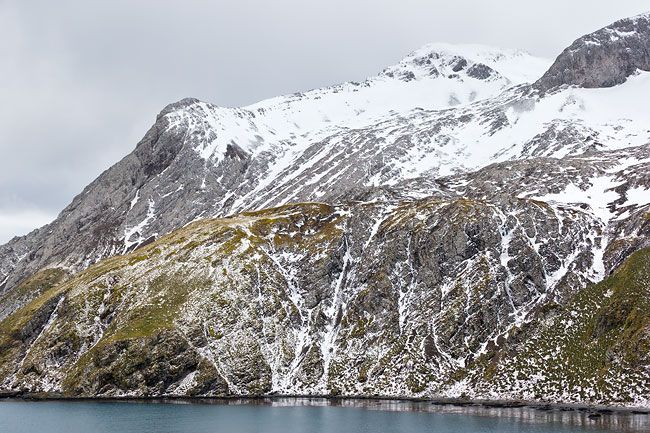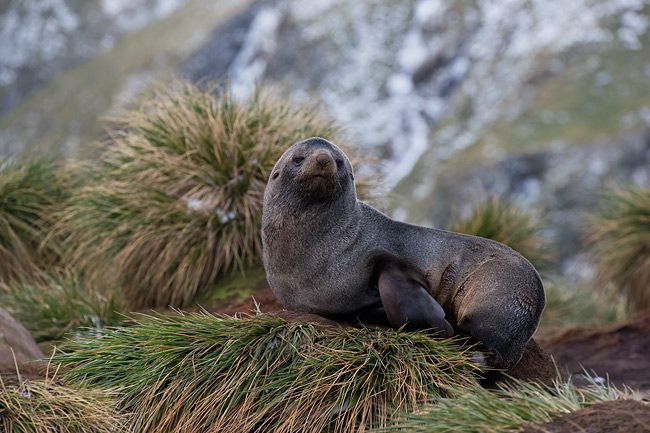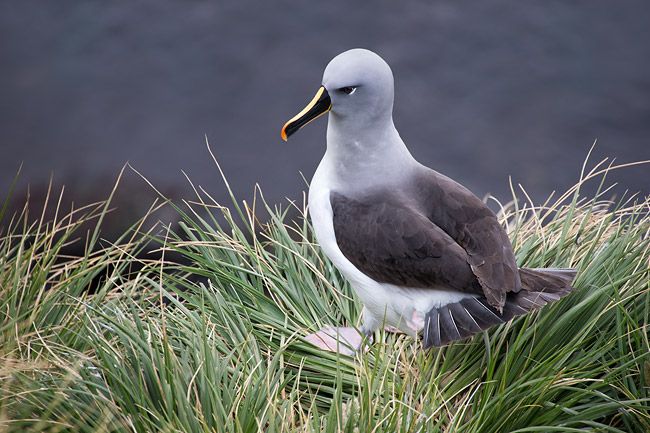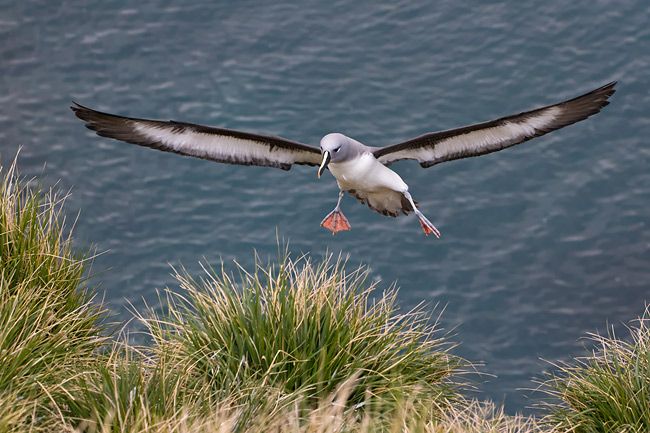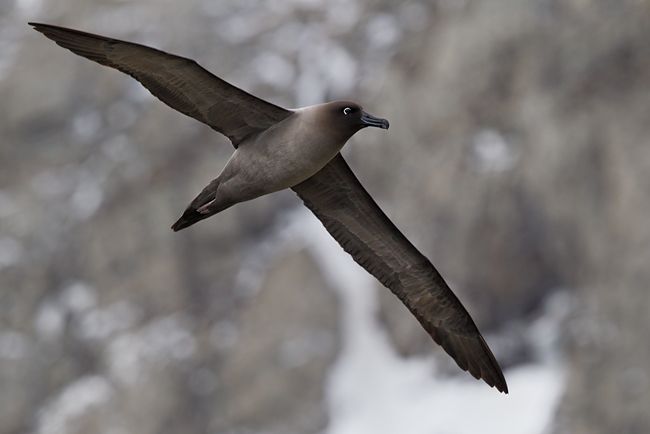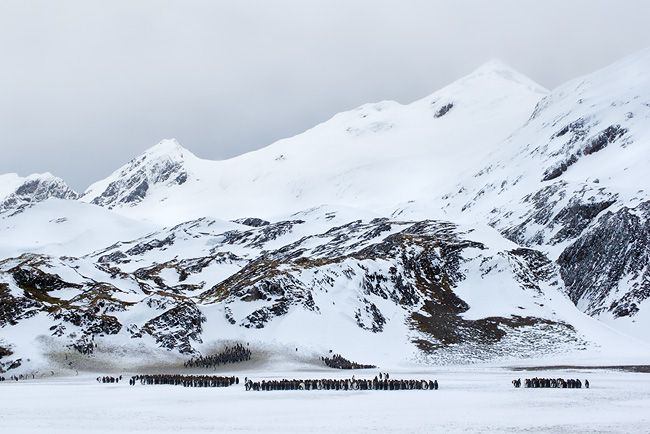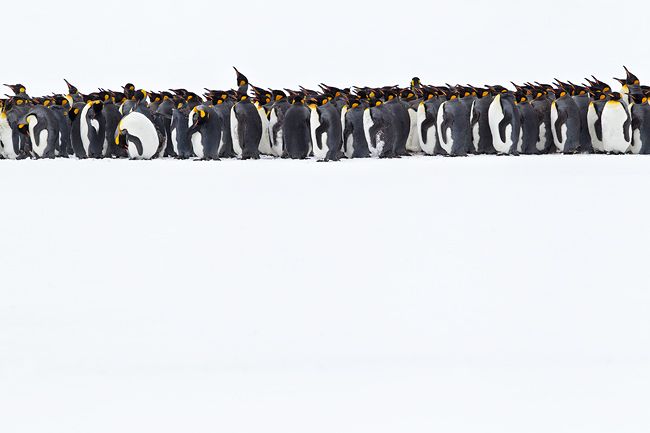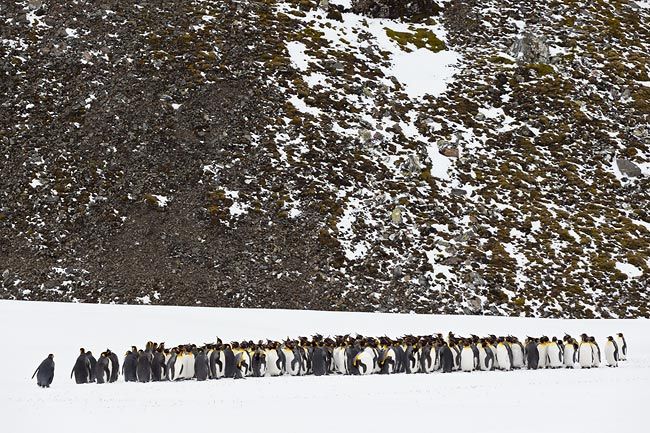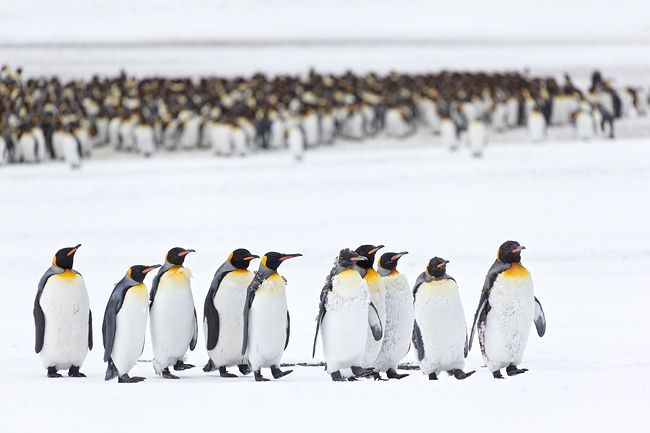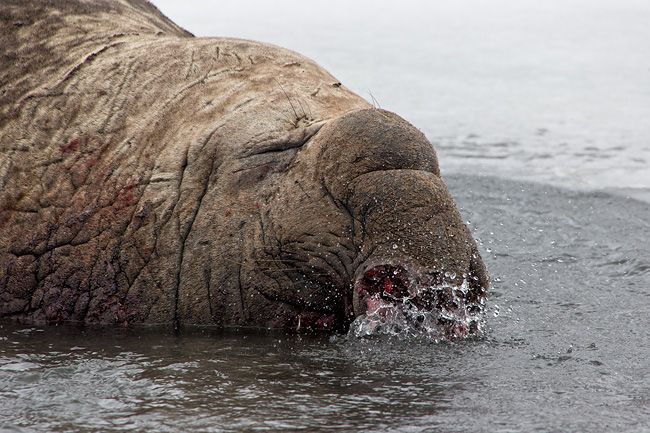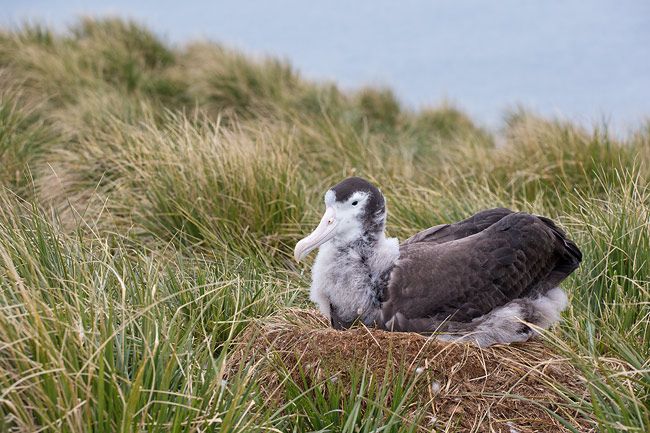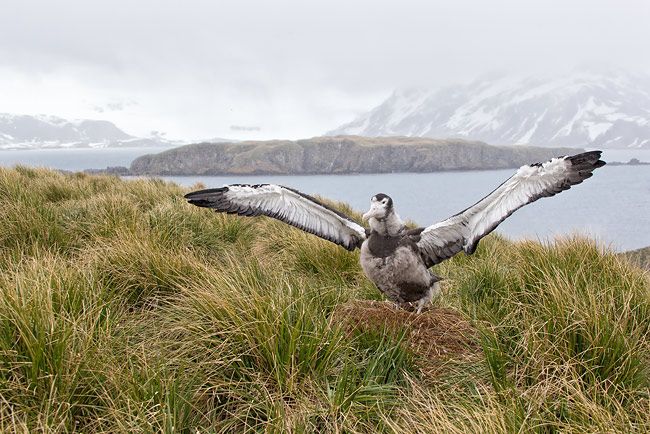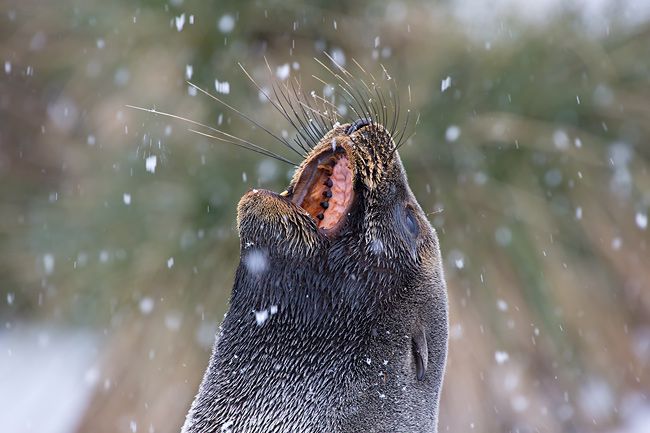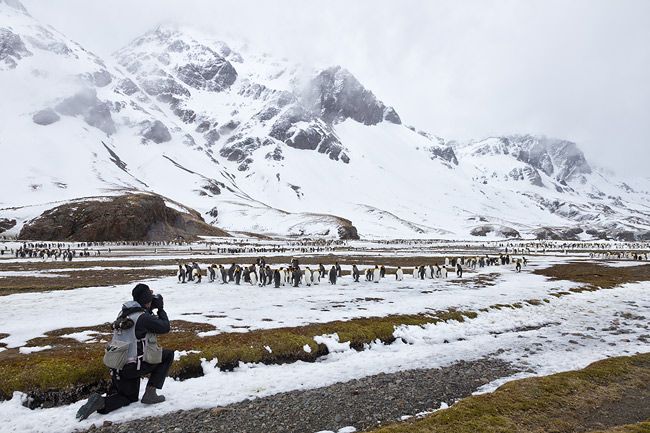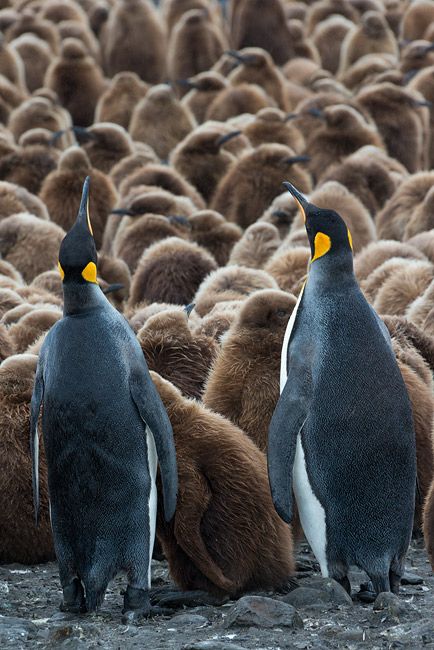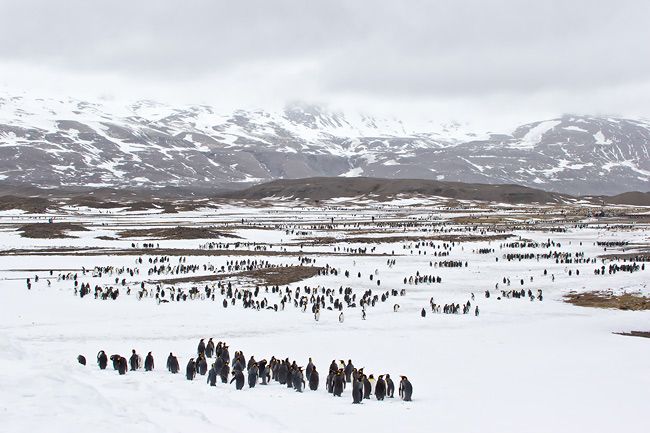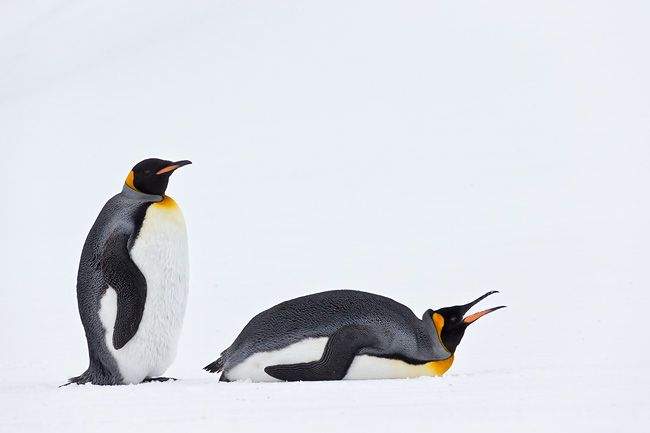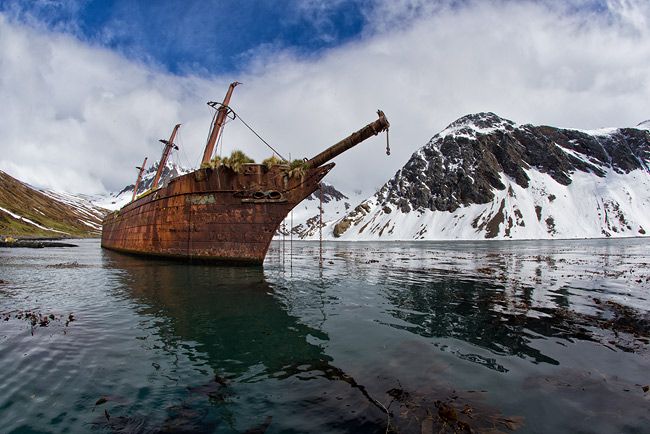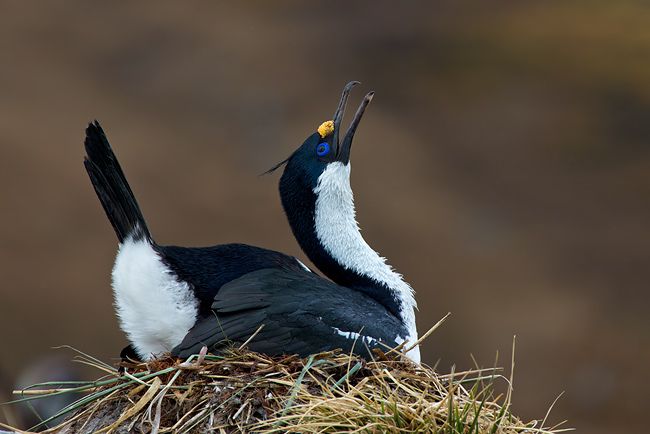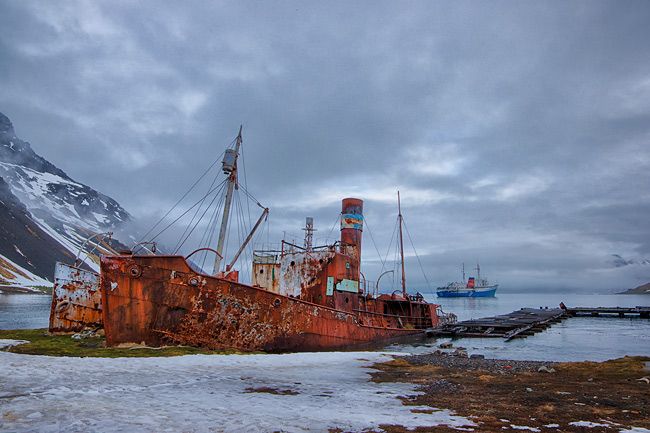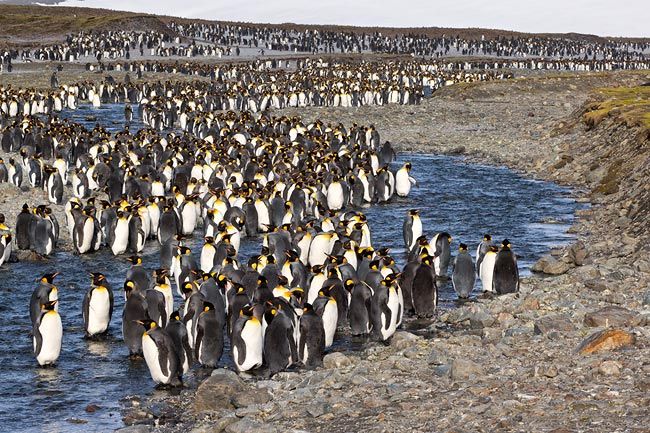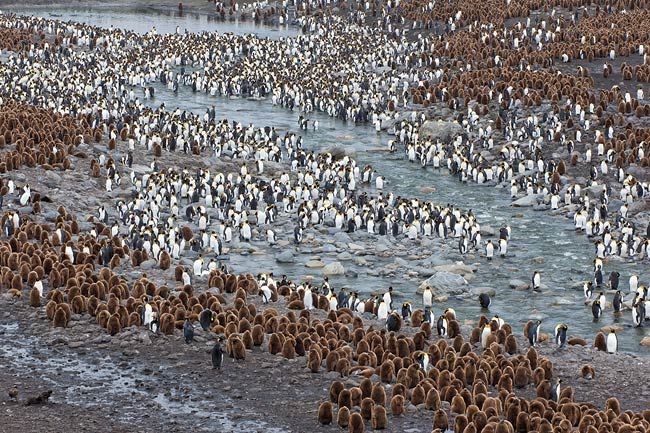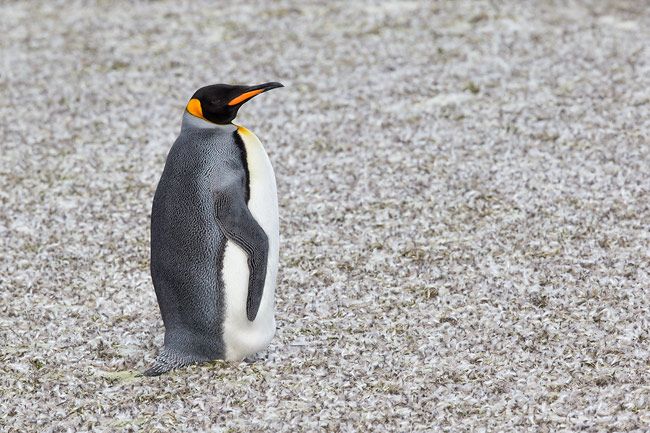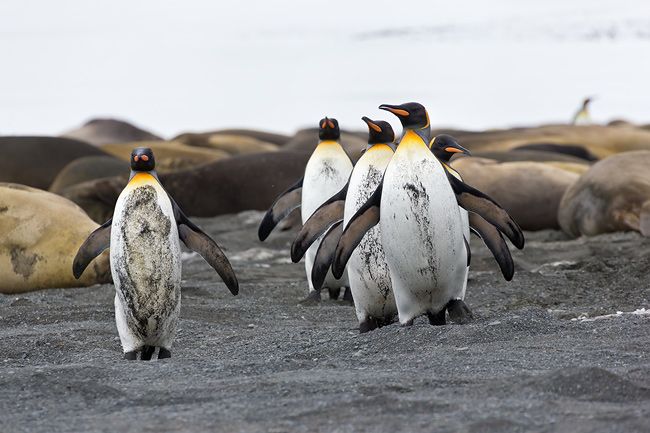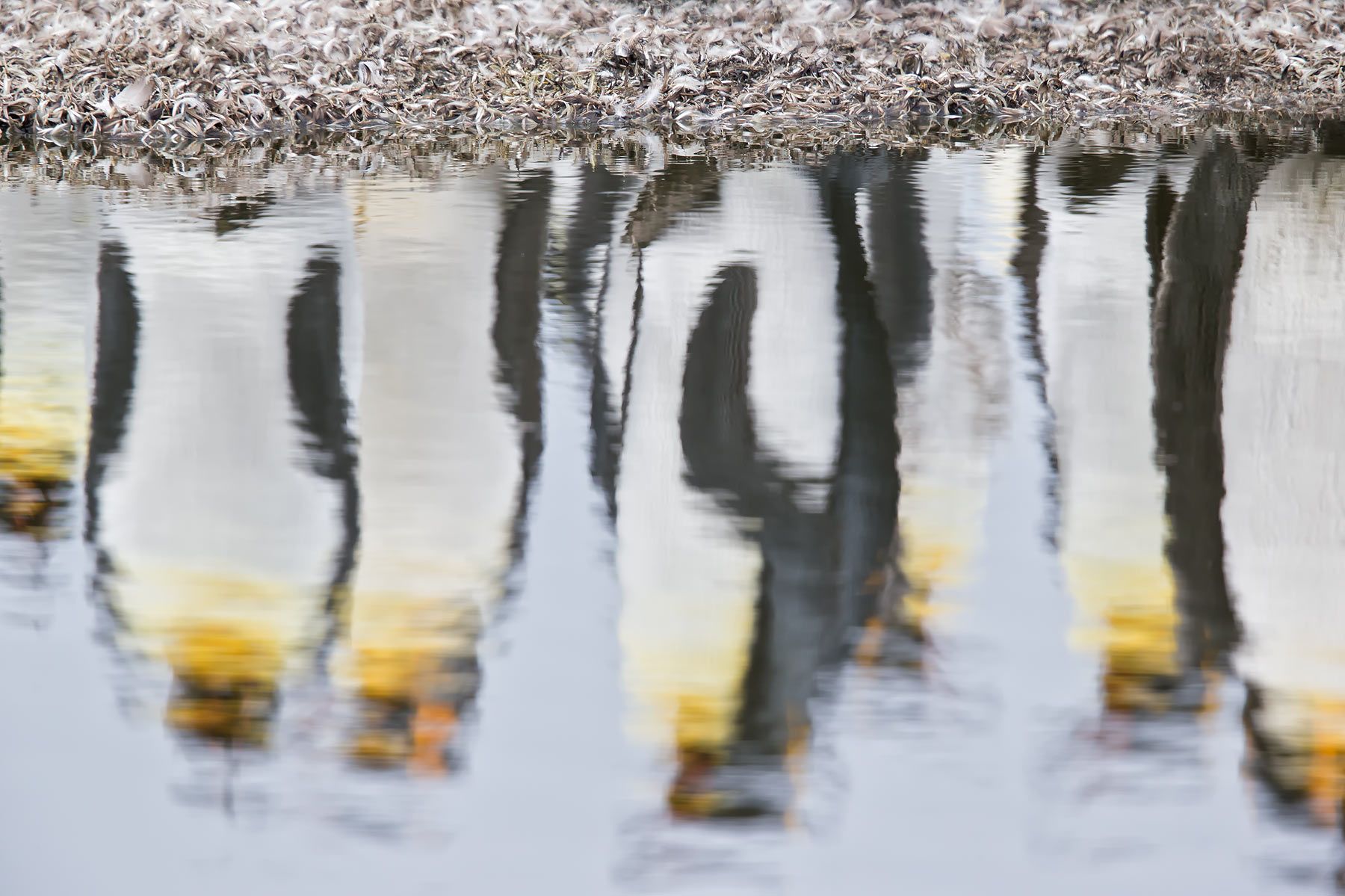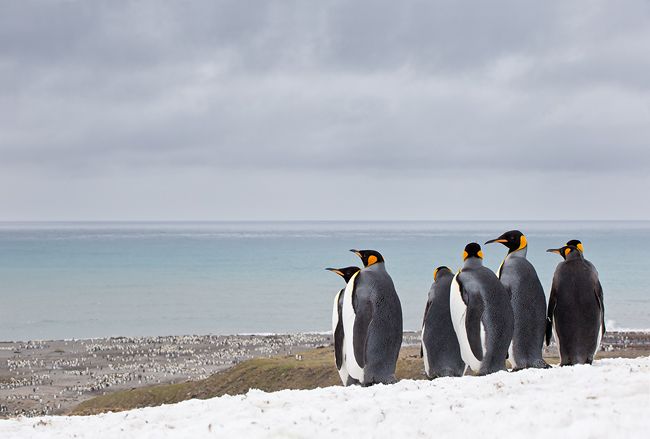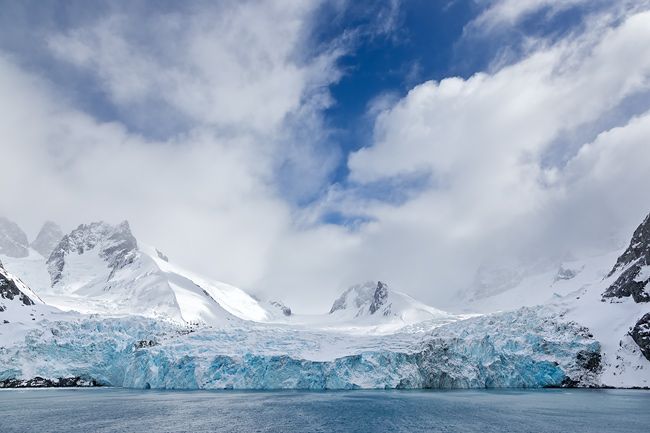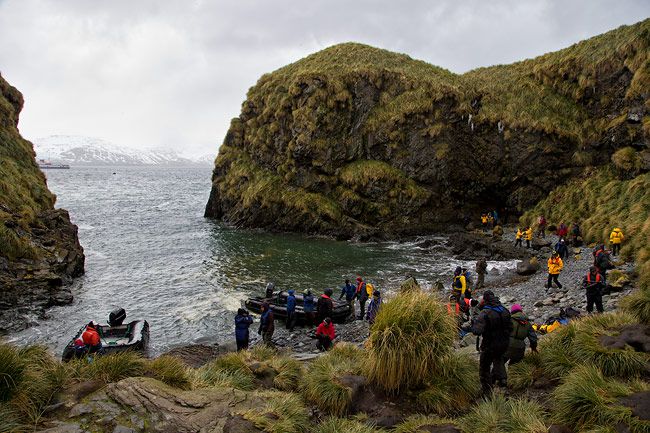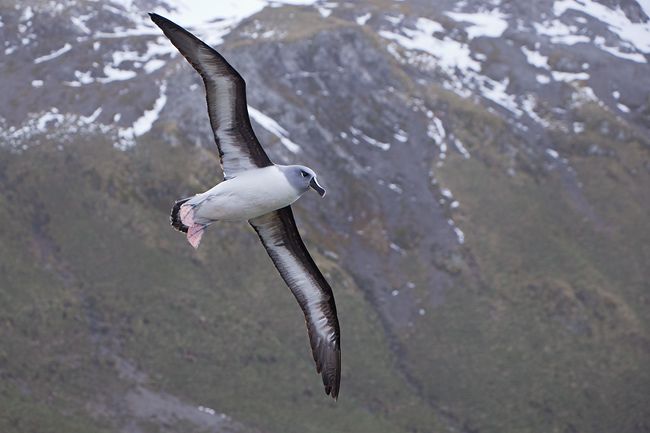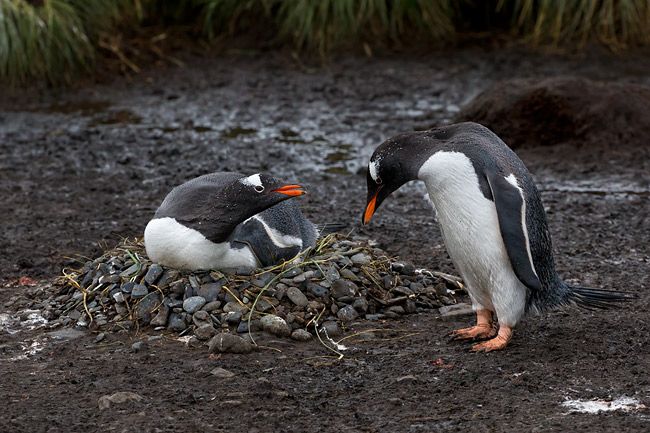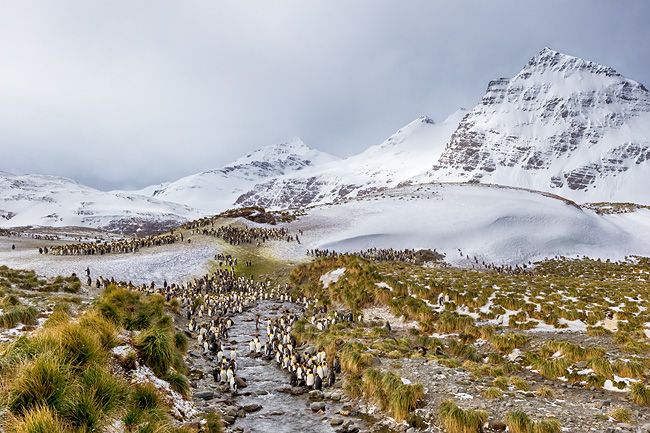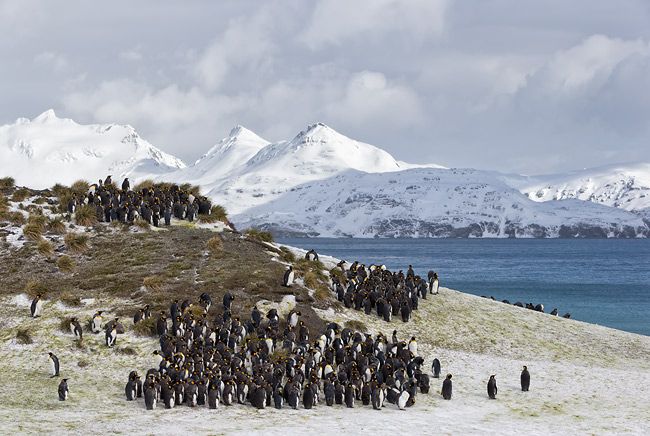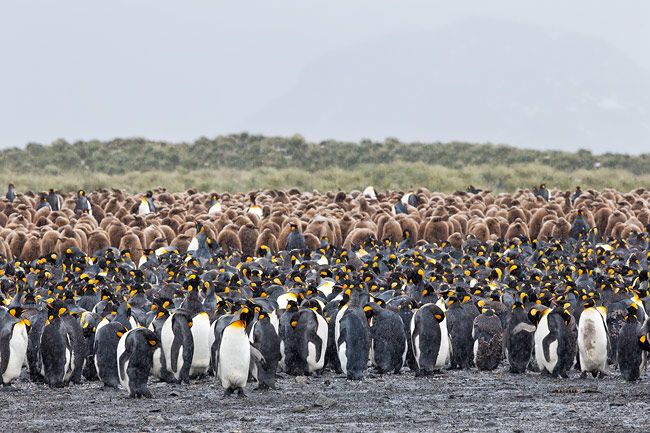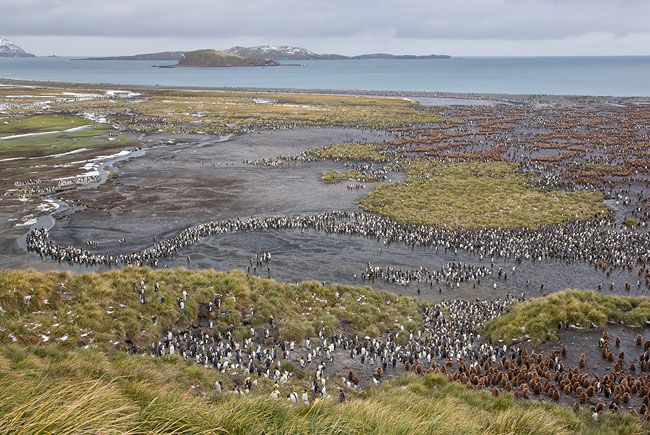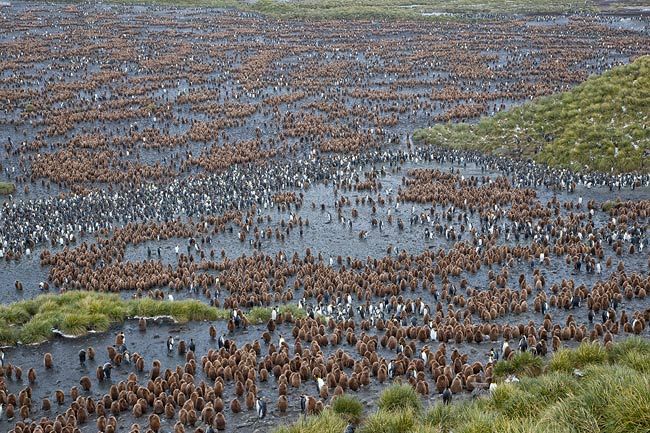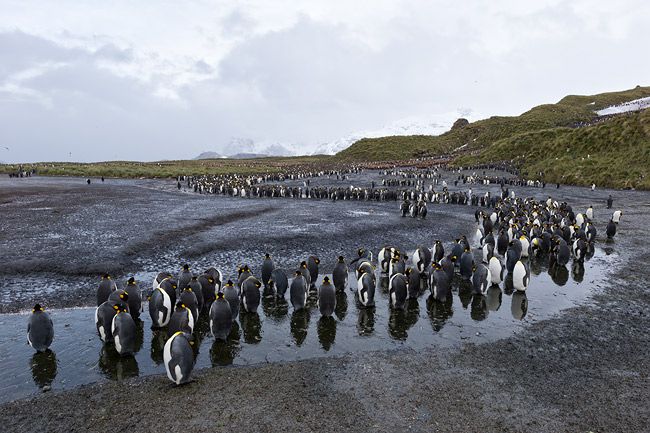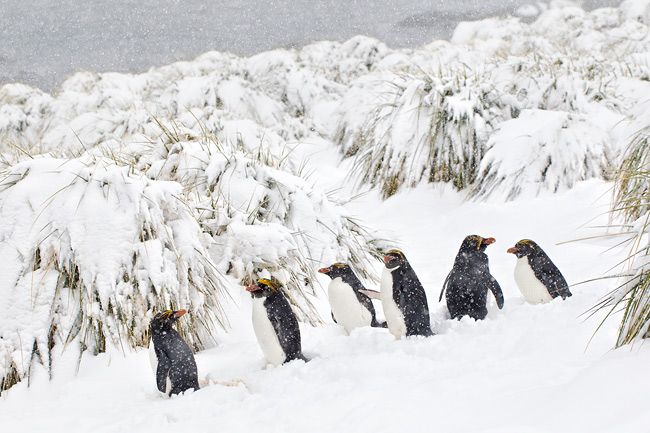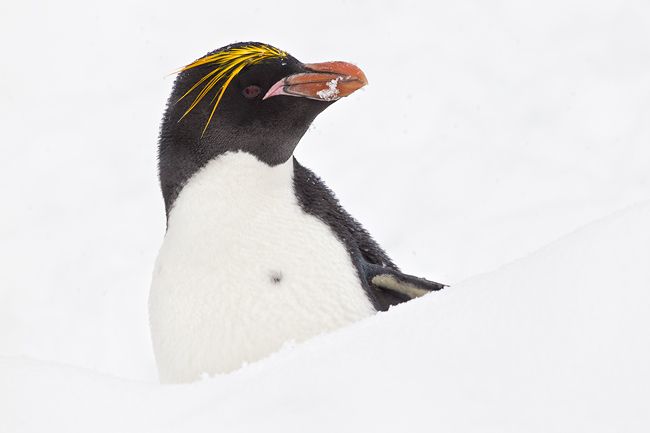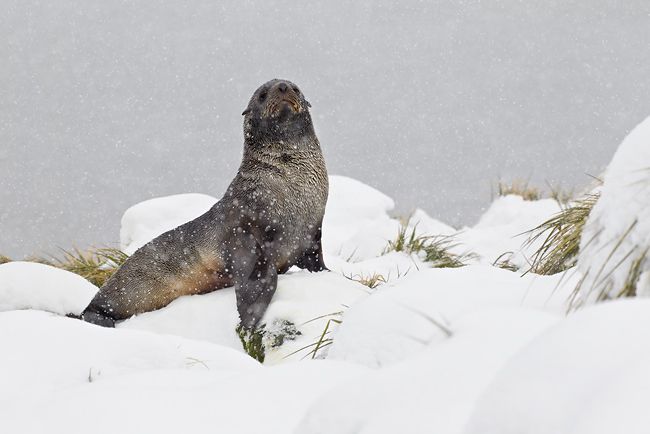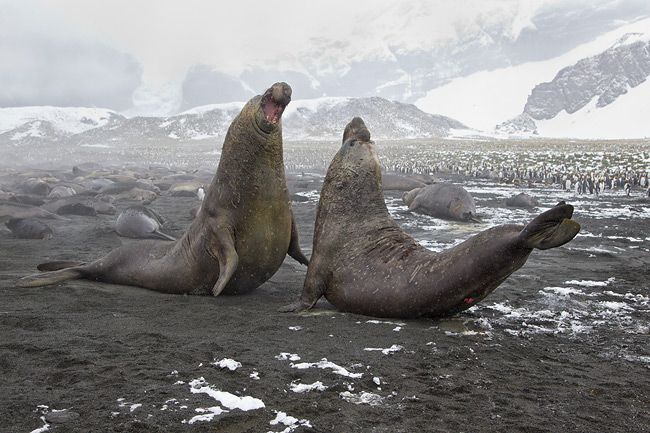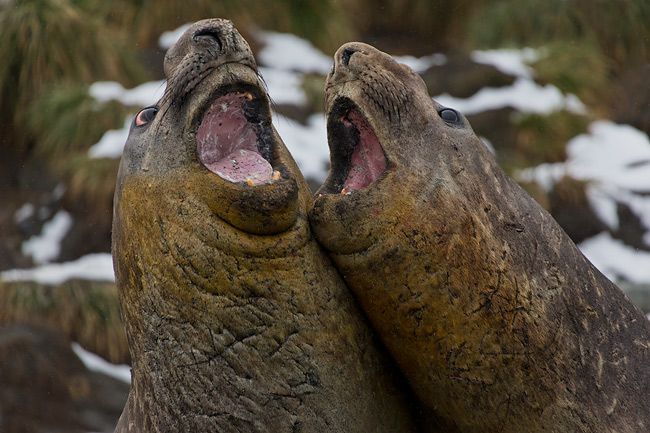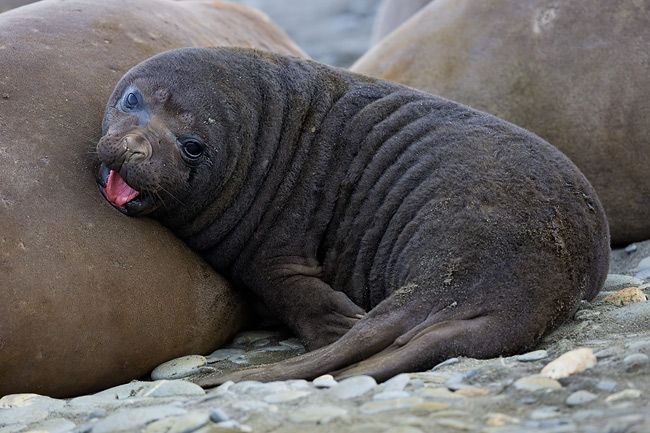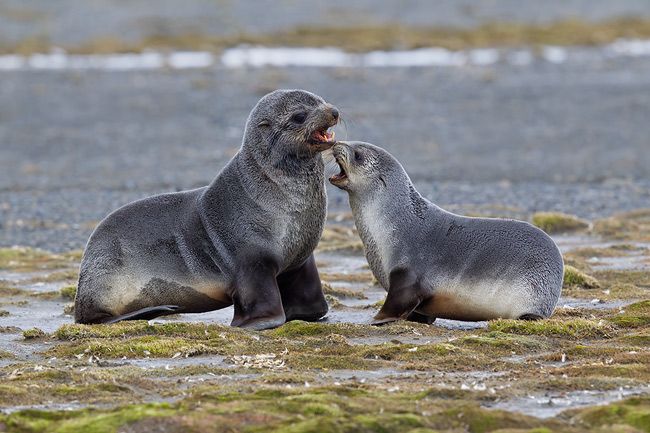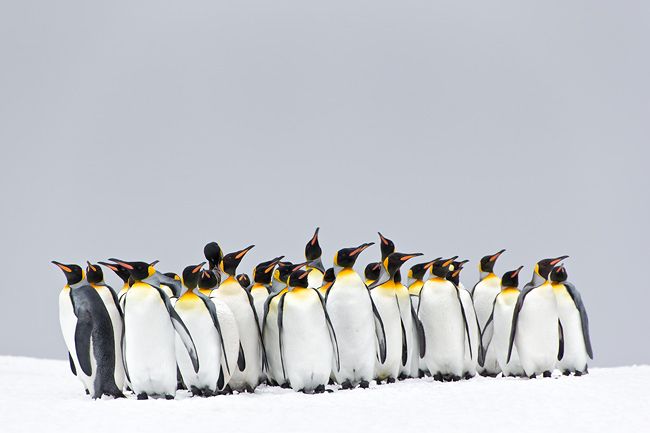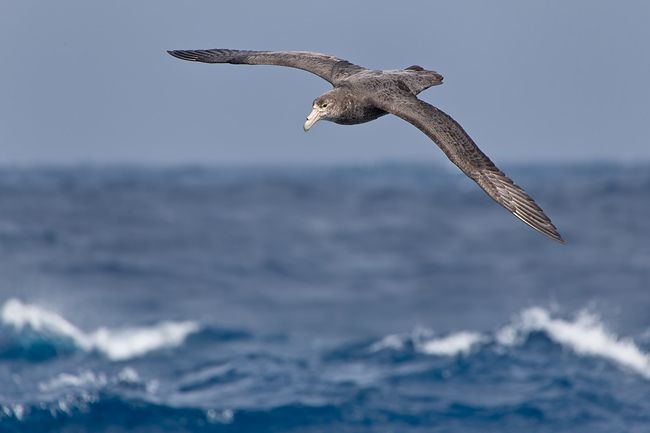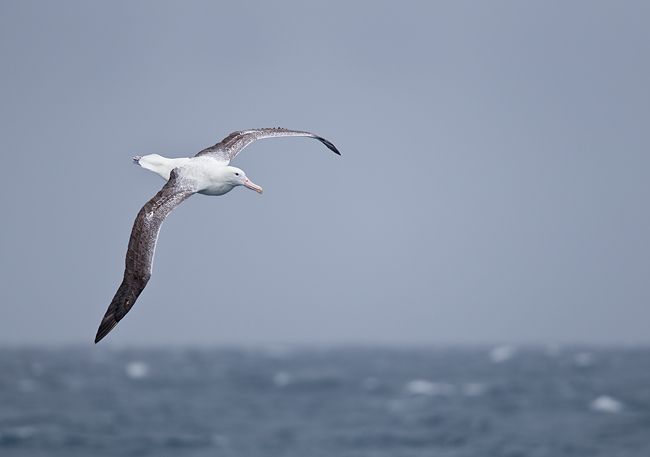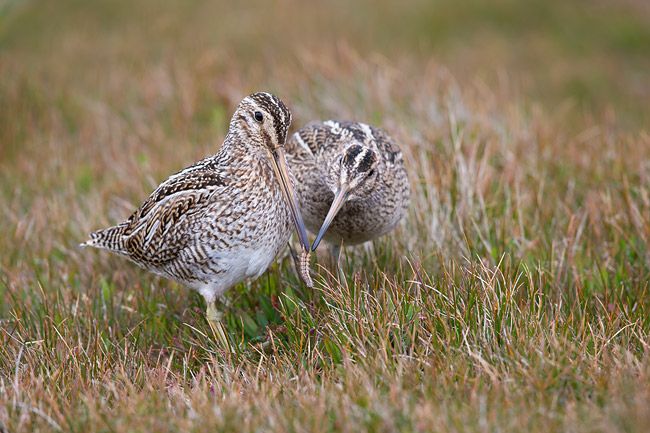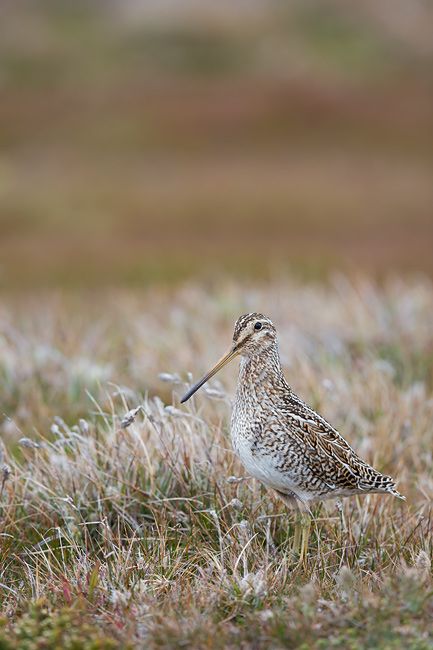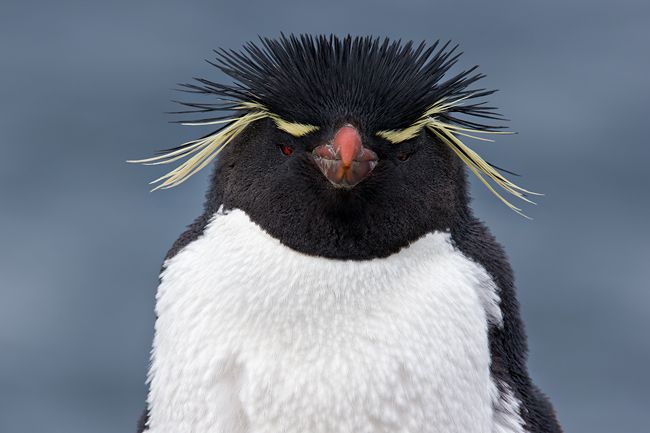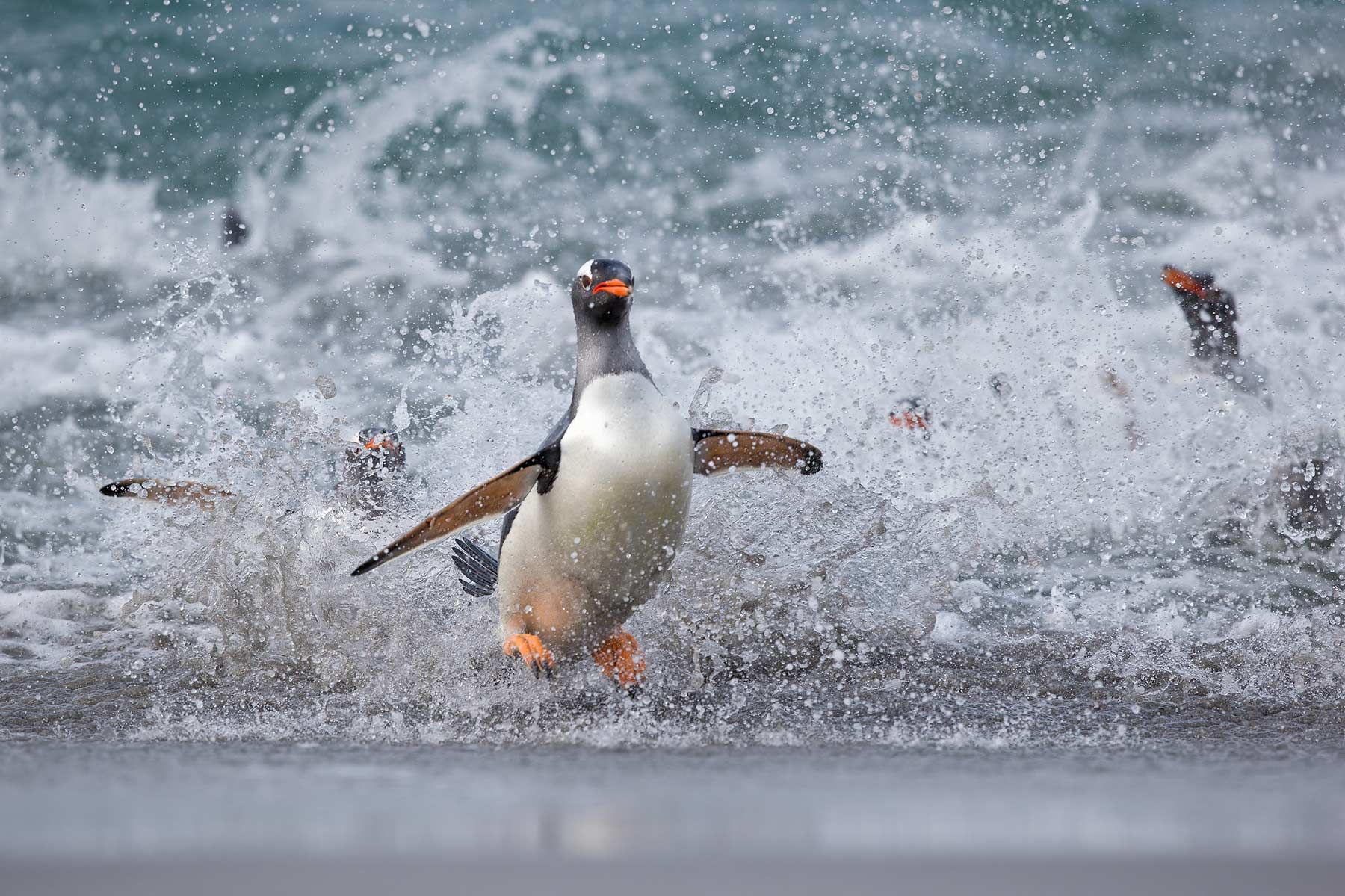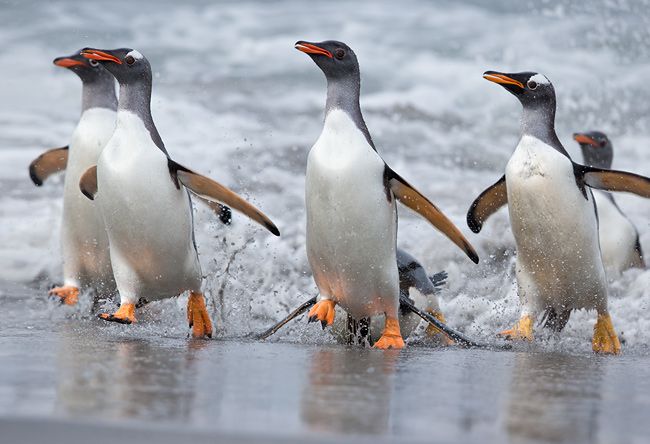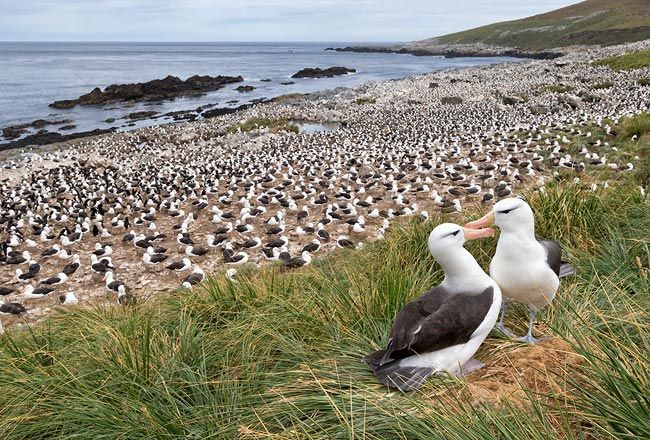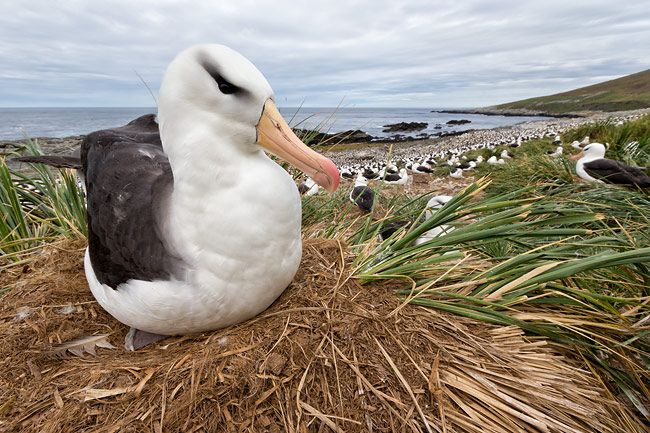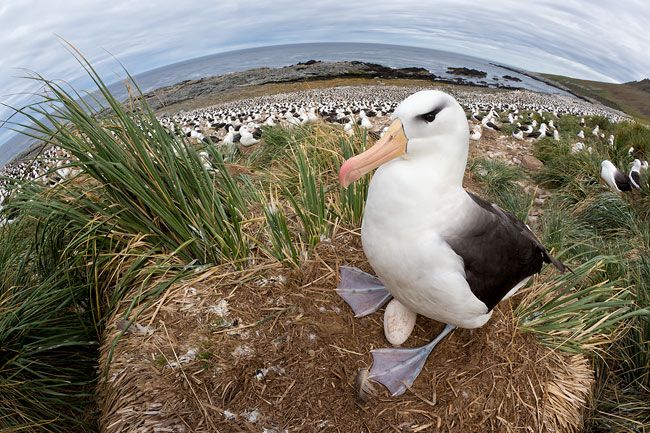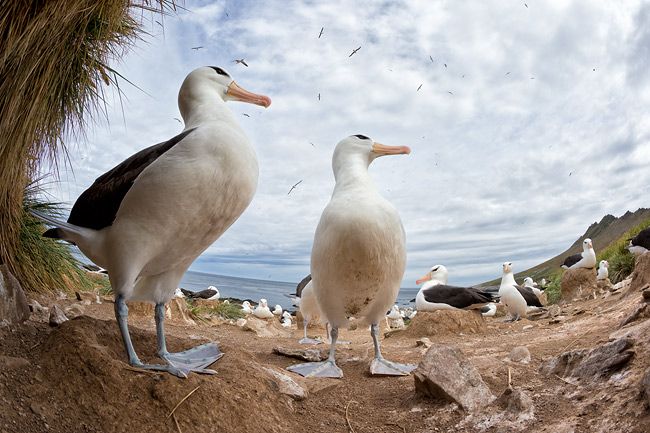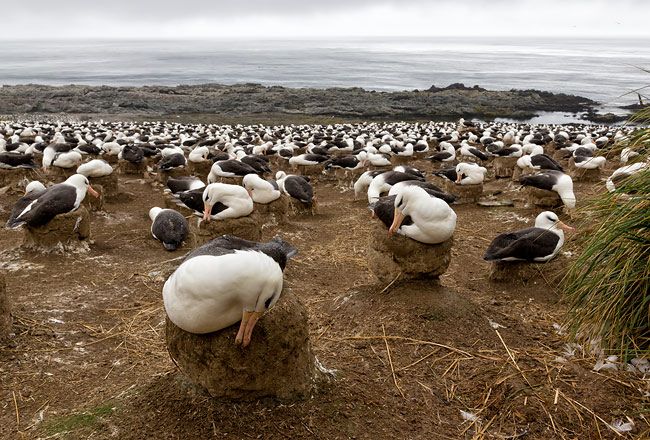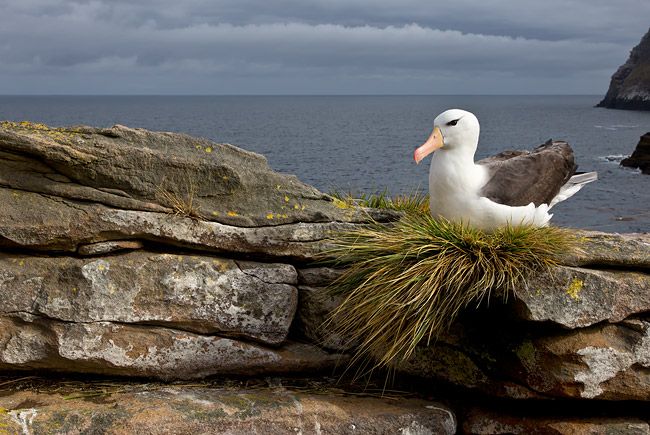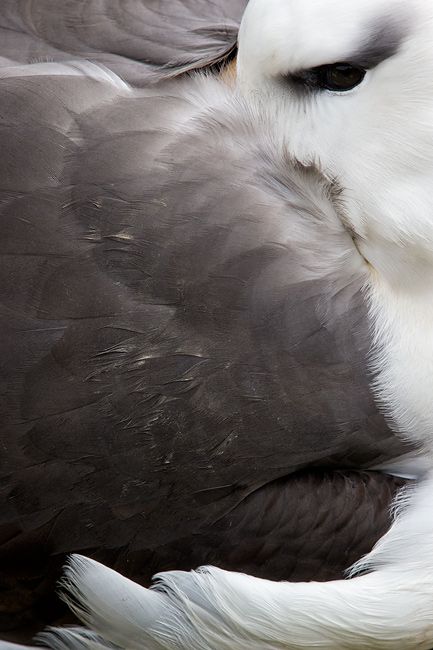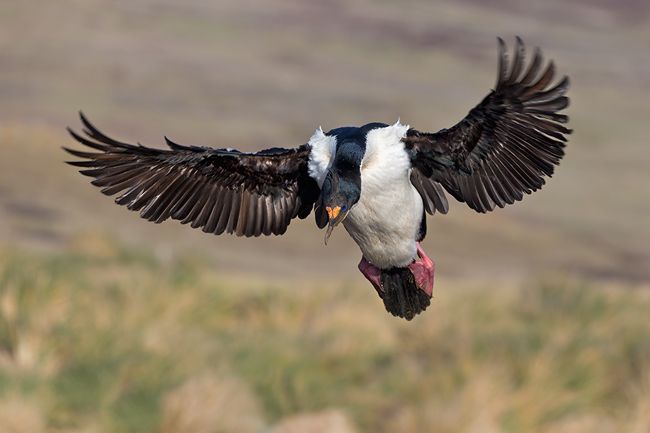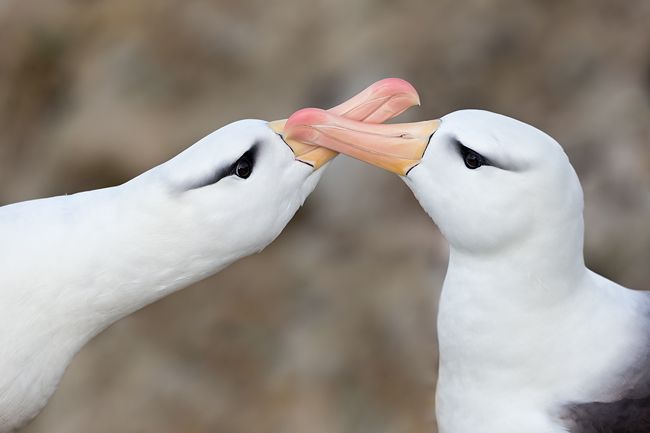The human footprint has an ever-increasing impact on our natural environment, and if you look around, you do not get the impression that we as human’s care one bit about the environment we live in. There are still a couple of places in the world, which are not spoiled by human intervention, at least not yet. Those places are usually very remote and difficult to get to.
A couple of years ago my friend and Canon Explorer of Light photographer, Onne Van der Wal, told me about his voyage on board a private sailing yacht “Shaman” to South Georgia Islands and Antarctica. I looked at his images of rough landscapes and wildlife, and got fascinated by the remoteness and sheer beauty of the place. I made it my goal to explore and photograph South Georgia and Antarctica myself one day, before it looses its uniqueness as a result of too much human intervention.
This past October I joined an expedition organized by Cheeseman’s Ecology Safaris to the Southern Ocean with an extended itinerary to the South Georgia Islands and the Falkland Islands.
South Georgia was discovered in the seventeen century by Captain Cook who claimed the land for King George III, and became a whaling and sealing station until the early nineteen sixties, when active whaling was abandoned. The island is uninhabited apart from a handful of British researchers of the British Antarctic Survey, who live year round at King Edward Point base at the old whaling station of Grytviken. Large populations of wildlife live on the island and in the surrounding seas, and use the island as their main breeding area. Various species of penguins, seabirds and seals call South Georgia their home in the vast remoteness of the Southern Ocean. Unfortunately, whales are not seen so often in the waters around South Georgia, due to the intensive whaling past.
My journey started at Miami Airport with a flight to Santiago, Chile, were I spent three days as a guest of Osvaldo Larrain and Walter Baliero, two fine Chilean bird photographers. My good friend and teacher, Arthur Morris, creative photographer Denise Ippolito, and inspirational photographer and my roommate for the trip, Paul McKenzie, from Hong Kong, joined me. Our main target was to photograph Andean Condors high in the mountains close to Santiago and Inca terns on the coast.

